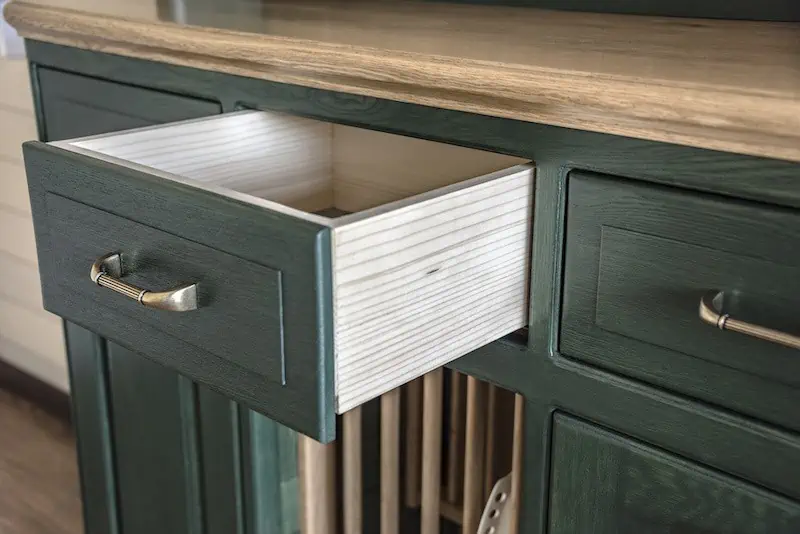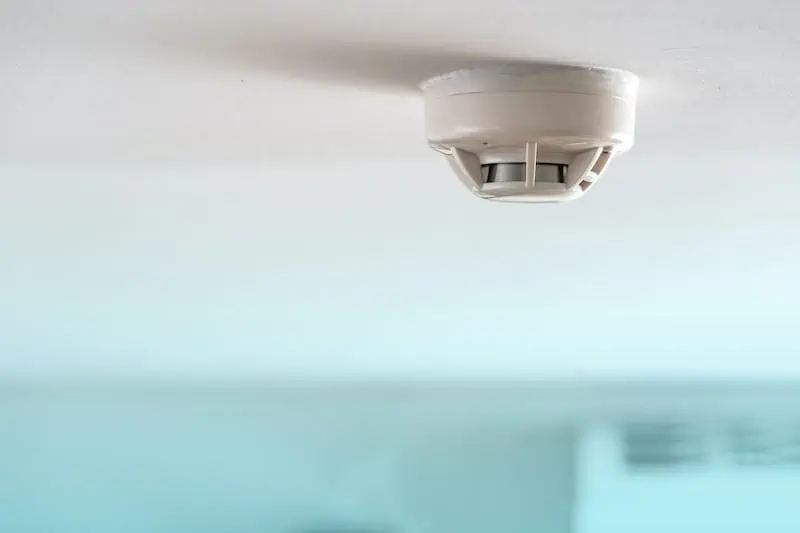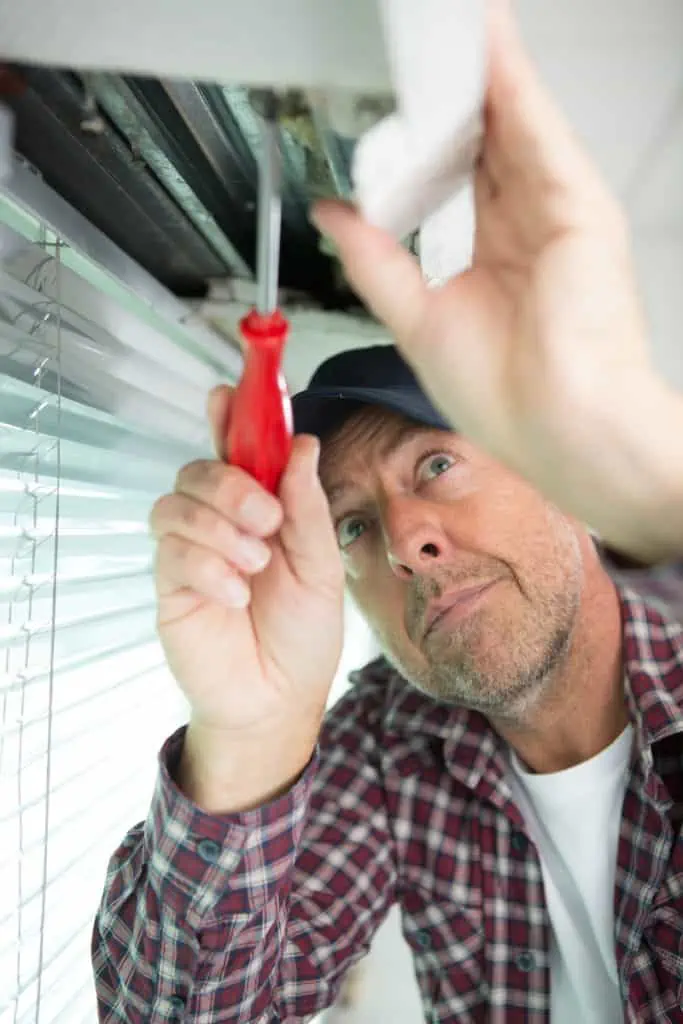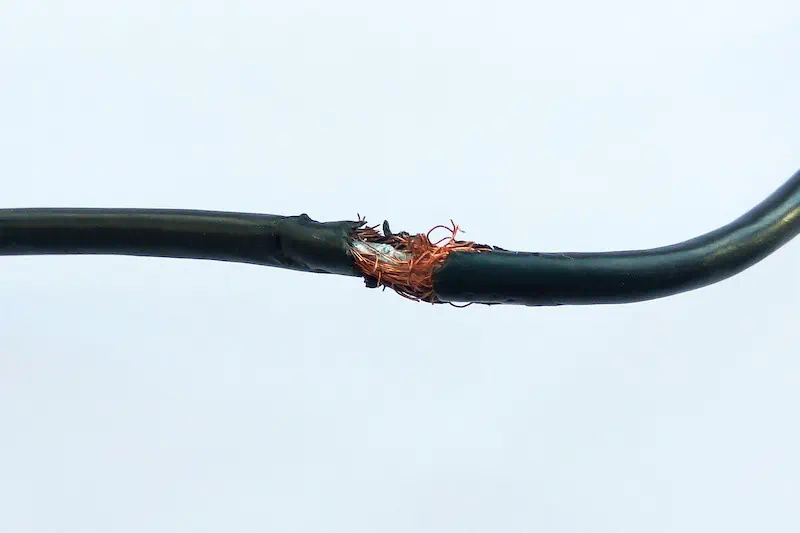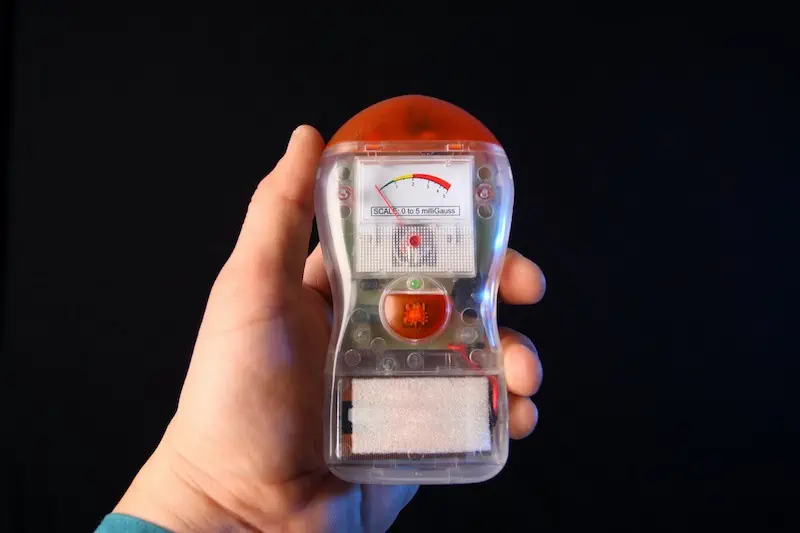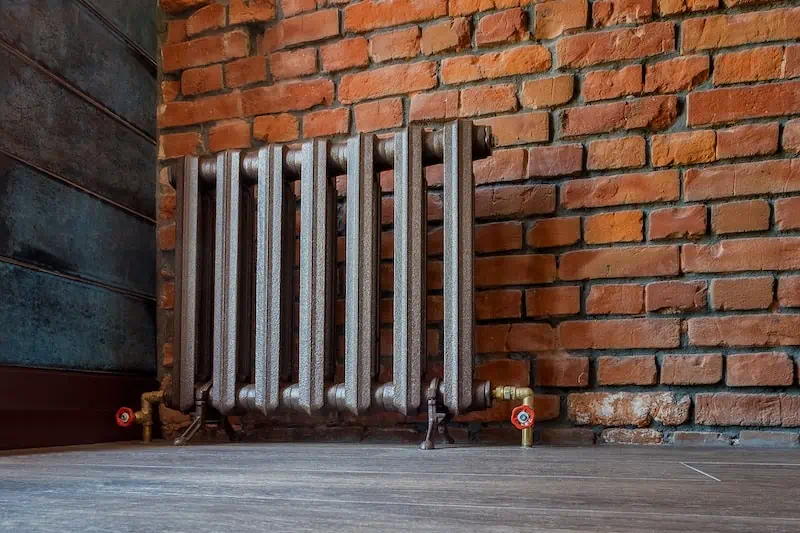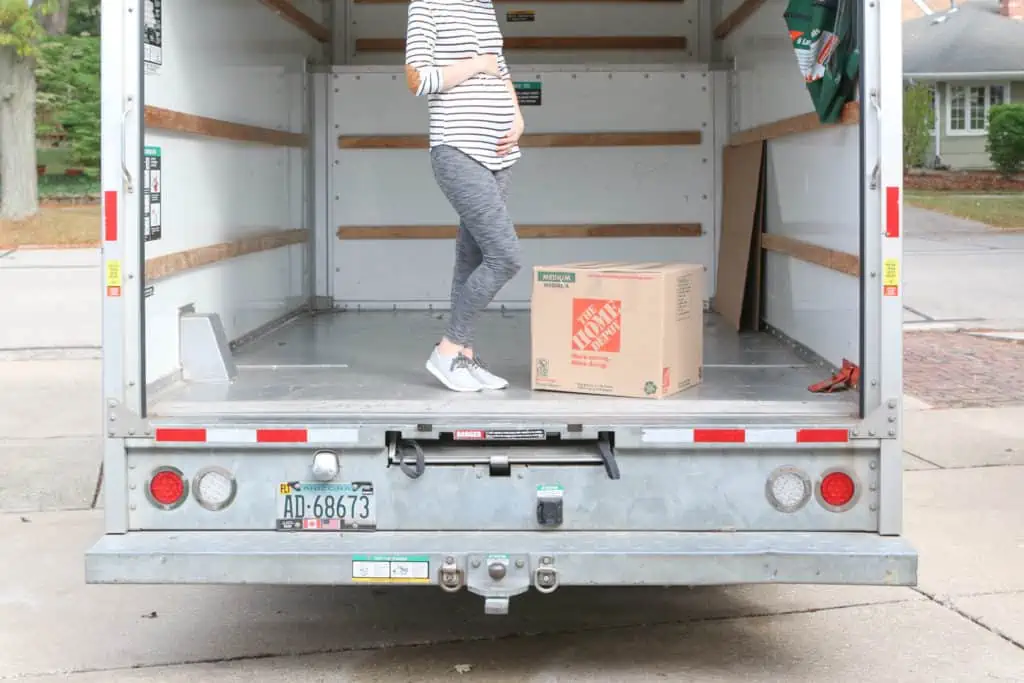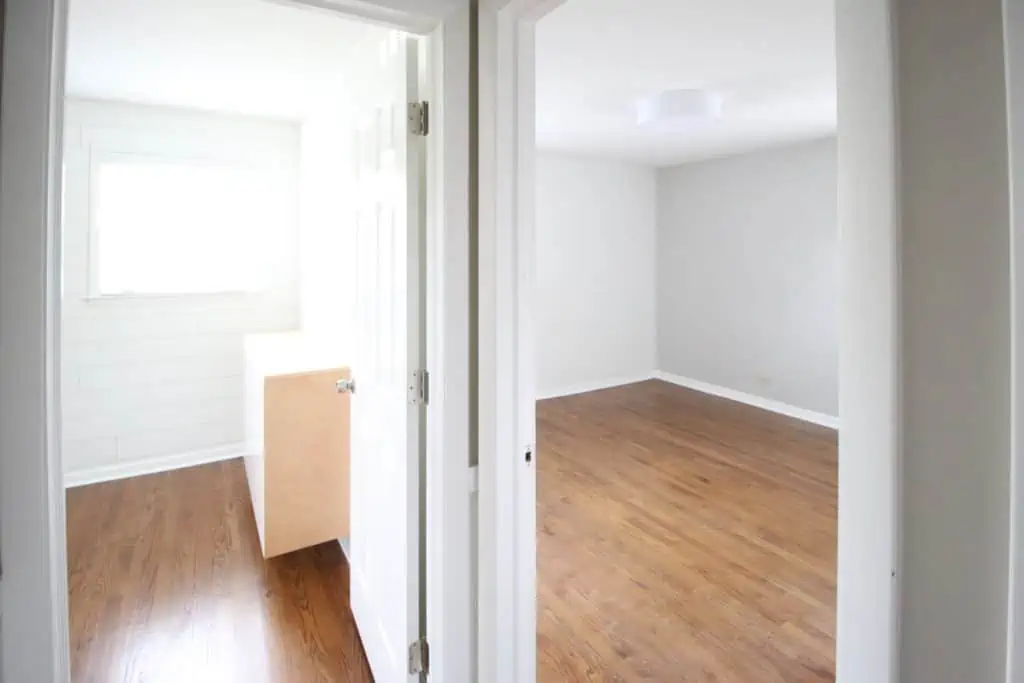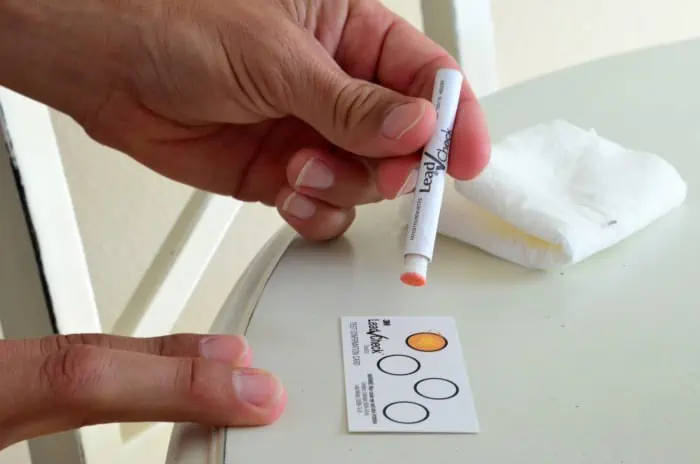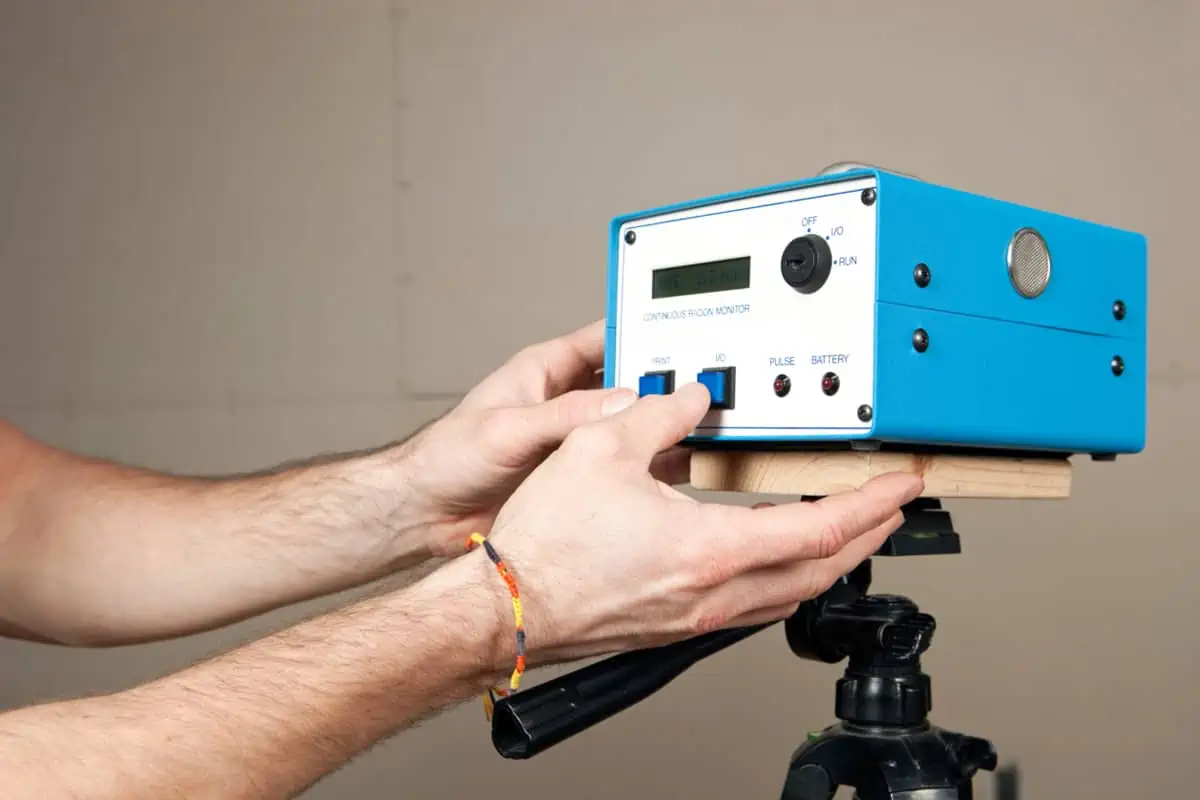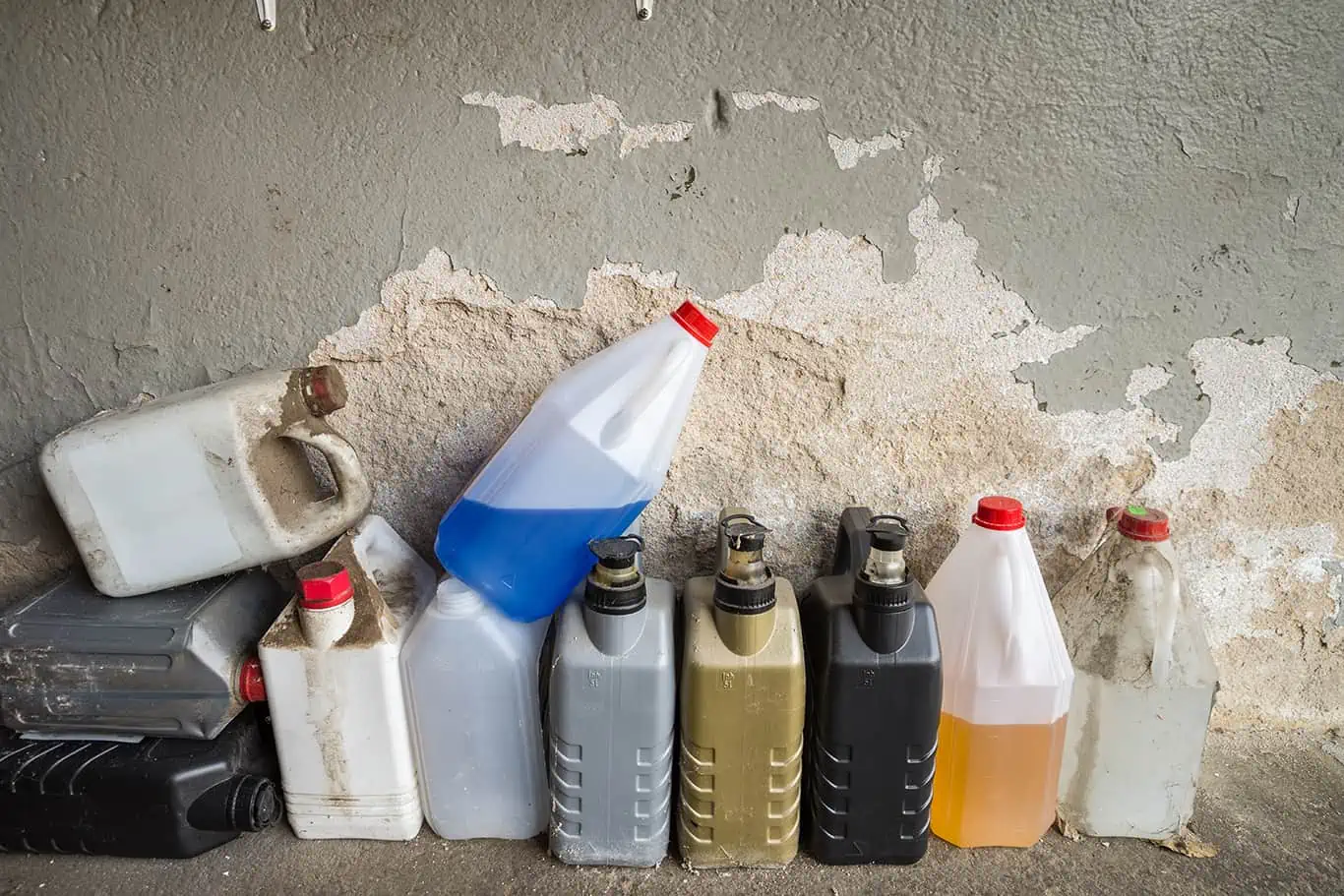So you’re freshly moved into a new space. Then, all of a sudden, you catch yourself starting to wonder if your new place is haunted.
Maybe it’s because of an unexplained sound you’re hearing at night? Maybe you get a creepy feeling you get when you walk into a certain room? Or maybe you’ve legitimately seen something that you’re convinced is a spirit?
I’m more of a Mythbuster than a Ghostbuster myself (sorry bud, I’m allergic to ectoplasm). With that in mind, here are some plausible explanations (and fixes) for the eerie happenings you’ve been experiencing around your home. Some of them explain away unfamiliar noises, others take aim at inexplicable movements, and some give some context for full-on hallucinations.
Make sure you read them all before you decide to burn it all down!
1. Check the balance of your furniture
A friend of mine owns a dresser that used to (very spookily) open when no one was anywhere near it. He suspected the occult, and his boyfriend suspected an imbalance. While it’s hard to say with certainty who was right, once the couple had a carpenter come look at the piece, it stopped opening. So either it was just about shoring up one of the legs, or the ghost calmed down after it got some attention.
2. There might be a carbon monoxide leak
Almost more scary than a haunting because of its attendant health risks, carbon monoxide leaks can cause weakness, confusion, blurred vision, and even hallucinations; all things that people have reported in hauntings.
And since the gas is odorless and colorless, it might not immediately occur to you that your symptoms have an environmental cause instead of a spiritual one. So if you’re experiencing anything like this, get yourself a carbon monoxide detector stat, because the consequences can quite literally be deadly. (Want proof? Check out what might be the most remarkable Reddit exchange ever published.)
3. Black mold can make you see things
Along the same environmental lines, black mold is another factor that can leave residents reeling—and attributing their sensations to spirits instead of “Stachybotrys chartarum”. (That’s the Latin name for one of the types of fungi most commonly referred to as “black mold.”)
If people in your household are dizzy and seeing things, or even just anxious and depressed, take a peek into dank basements, closet corners, and bathroom walls that get a lot of condensation to see if spores might be blooming there. Not only is it more common than you think, but it’s also not too difficult to remove: experts suggest starting with white vinegar and baking soda for a DIY fix.
4. Adjust loose shutters
Sure, maybe it’s a wraith raking its fingers down your siding, but don’t rule out the possibility of something hitting the outside of your house.
Check the mechanisms that hold them up, then make sure to also check for tree branches that brush against windows, shutters that slap against your window frames, or just a flapping screen door. I have a screen door out to a balcony off my bedroom that gets triggered by the smallest amount of wind and kind of sounds like the teensiest-tiniest knock. I was absolutely certain it was an intruder (or a baby ghost), until I finally got up the nerve to go investigate.
5. Your wiring is playing tricks on you
Especially if you live in an old building, it might be that your wiring and outlets aren’t beefy enough to support the modern-day fixtures you’re using. If that’s the case, this overload can cause electrical issues like flickering or even blowouts which are annoying in the best of times, downright terrifying during the worst of times. (For instance, when you get electrical problems during your monthly séance, just as a message is coming through on the ol’ Ouija board.)
6. (Normal) creatures in the wall
Until you’ve had a squirrel gnaw its way under your eave and then invite all its friends to come party in the wall, you have no idea how much noise a single animal can make. The same goes for mice, missing gerbils, and even birds, all of which can sound downright spooky and scratchy when their normal noises get amplified and bounced around behind your drywall. If the ghosts get really loud, you might want to call pest control instead of those other guys.
7. A late eating schedule impacts you
If you find your sleep disturbed or often wake up having had extremely vivid dreams, it might be worth adjusting your snacking schedule.
Eating late in the evening means your body needs to keep digesting even as you’re trying to fall asleep, which results in mixed messages for your body. Nightmares or discombobulating wake-ups could follow, so avoid the Ebenezer Scrooge of it all by switching your timing around to see if that stops your ghost of Christmas-Yet-to-Come dead in its tracks.
Moving far away?
Do it cheaper.
MovingPlace can save up to 40% compared to traditional interstate moving companies. Click here to learn how.
8. Electromagnetic fields (pick up a lot of things)
If you’ve ever watched a ghost-hunting show, you know that the professionals often use handheld Electro-Magnetic Field (EMF) readers to detect paranormal activity. But if you happened to pick up an EMF reader to do your own research, you should know that EMF devices respond to a wide range of frequencies—not just those caused by supposed specters.
They’re particularly sensitive to alternating currents, like those your television and microwave rely on to operate. So if your EMF reader is getting all jumpy in the middle of your living room, there’s no need to jump to any conclusions until you’ve turned off all your appliances and effectively gone off the grid.
9. Rogue appliances under 20 Hz, AKA “The Fear Frequency”
What’s creepy about humans is that there are things that can affect our happiness and mood that we have no idea are acting on us at all. Case in point? Learn about “The Fear Frequency“, which describes infrasounds that register under 20 hertz, a level that humans can’t hear but can feel.
Studies have shown that appliances operating—or often, malfunctioning—at that frequency can make nearby humans feel anxious and distressed, and even report seeing optical illusions as their eyeballs vibrate imperceptibly. (Shudder.) But thankfully, lifting the malaise is as simple as shutting off or unplugging the item.
10. Pretty much everything about radiators
If you’re new to a radiator setup, you’d be amazed at the sounds that can come out of those little babies. Everything from hissing to clanking to whistling, and even what sounds eerily like screeching. I spent a decade in New York City, and I never got used to it.
11. The location of your lease
Obviously, this is only applicable if you’re a renter. But in a lot of places, landlords are legally required to tell you if someone has recently died in your unit. So if you didn’t get that heads up…congratulations! You can maybe stop lying awake at night imagining a macabre murder scene right where you’re trying to sleep. (Is this helpful? I’ll stop.)

